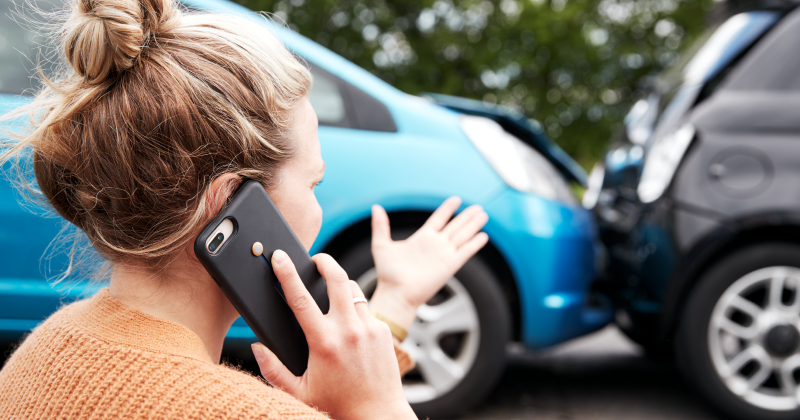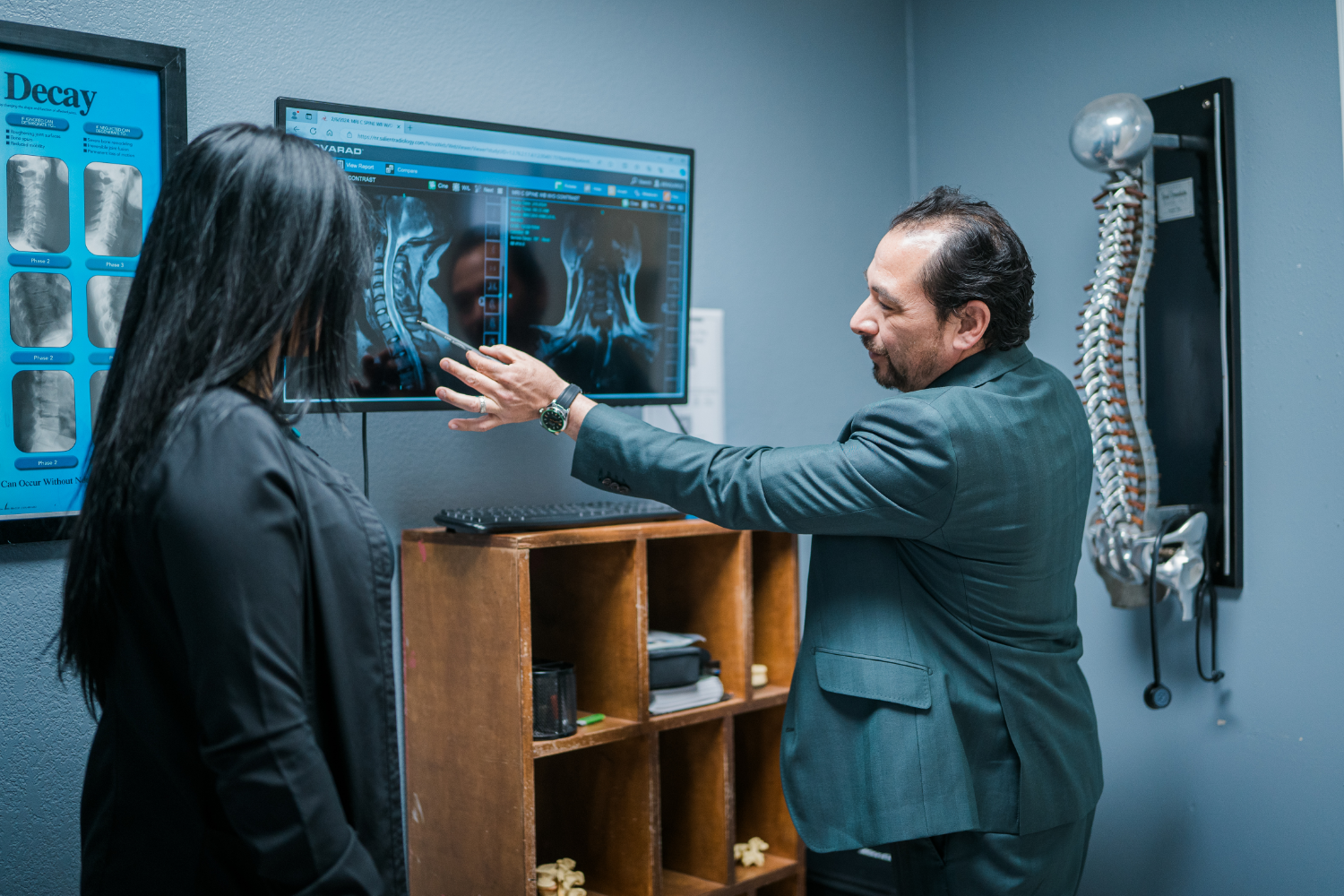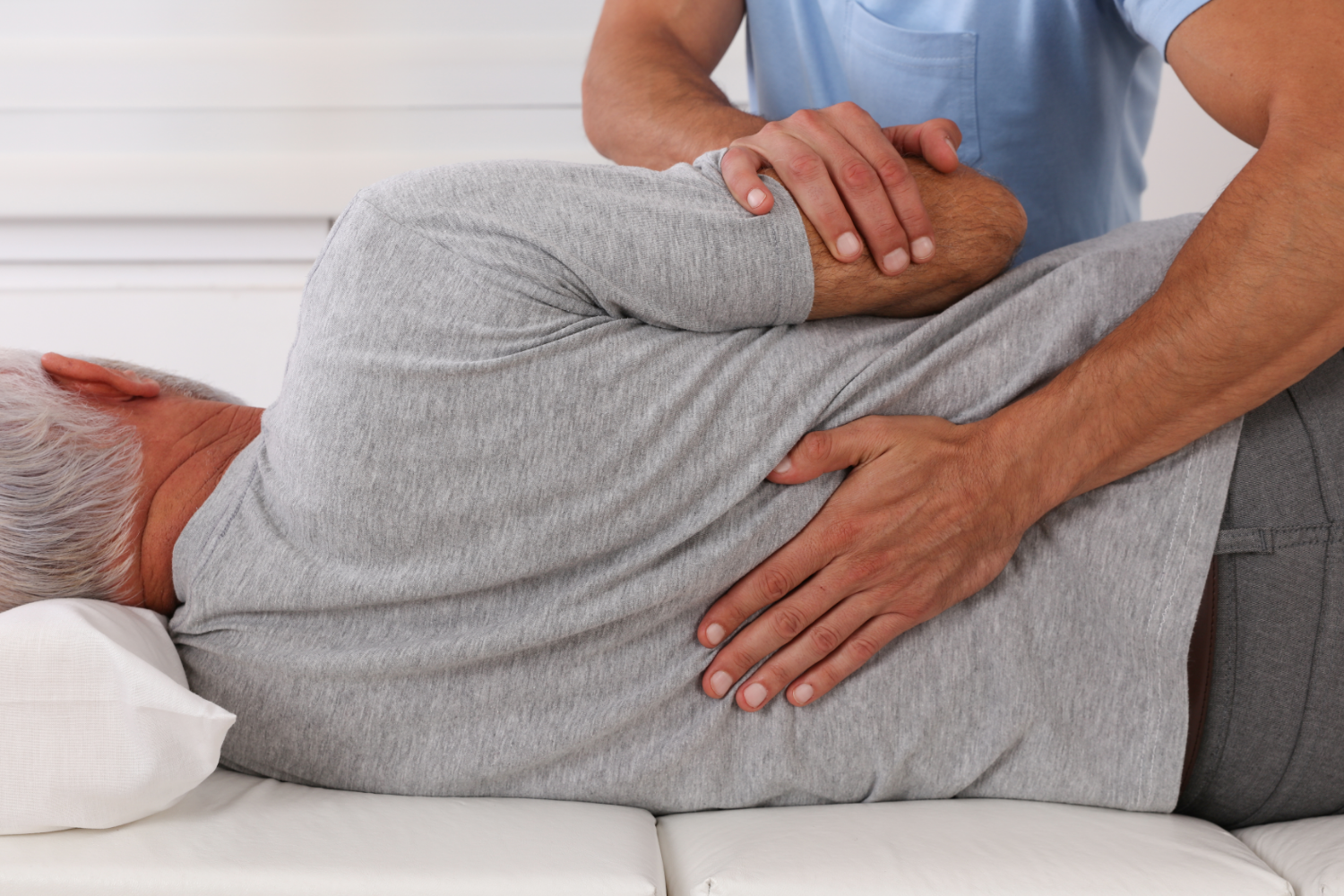Back Pain After a Car Accident: When to See a Doctor
Car accidents can leave behind more than just visible damage. Even if you walk away without immediate signs of injury, back pain after a car accident can develop hours, days, or even weeks later. While some people hope the discomfort will fade on its own, delaying care can put you at risk for long-term complications—and may even impact your insurance claim.
So when is it time to seek help? Do you need to see a doctor for back pain after a car accident? The answer is often yes. Here's why early evaluation matters, what might be causing your pain, and what to expect during treatment.
Why Back Pain Is So Common After Car Accidents
The spine is a delicate, complex structure of bones, muscles, nerves, and soft tissues. In a vehicle collision, the body is subjected to sudden forces—jerking, twisting, or compressing motions that the spine isn't built to absorb without consequence.
Even a low-speed fender bender can result in significant soft tissue injuries or damage to the spinal structures. Many patients report delayed pain that worsens over time rather than improving.
Common reasons for back pain after a car accident include:
Muscle Strains or Sprains- Ligament Damage
- Herniated or Bulging Discs
- Compression Fractures
- Inflammation or Swelling
- Nerve Compression (Including Sciatica)
Because the pain may be localized or radiate to other areas like the hips, legs, or upper back, it can be difficult to tell how serious the injury is without a professional evaluation.

Types of Common Back Injuries That Can Occur
Back pain isn’t one-size-fits-all. The type of injury and its severity can vary depending on the impact, your posture during the crash, and any underlying health conditions.
1. Lumbar Spine Injuries
The lower back (lumbar spine) is especially vulnerable in car accidents. Sudden impact can compress or twist the vertebrae, leading to disc injuries, joint misalignments, or muscle damage. You may experience:
Dull Aching or Stiffness- Chronic Back Pain that Worsens with Movement
- Muscle Spasms or Tightness
- Limited Range of Motion
2. Herniated Discs
The force from a crash can cause the soft material inside a spinal disc to push through its outer layer. This herniated disc can irritate nearby nerves and cause:
Sharp or Shooting Nerve Pain- Numbness or Tingling Down the Legs (Sciatica)
- Weakness in Certain Muscle Groups
Left untreated, herniated discs can worsen and increase the risk of long-term nerve damage.
3. Spinal Fractures
In more serious collisions, the vertebrae themselves may crack or break. These spinal fractures often cause sudden, sharp pain and may require bracing or surgery. Warning signs include:
Intense Pain When Standing or Walking- Loss of Height
- Difficulty Moving or Controlling Limbs
When to See a Doctor
If you're wondering when to see a doctor, the answer is: as soon as possible. It’s important to be evaluated by a healthcare professional even if the pain seems manageable. Here are signs you should seek medical attention immediately:
Pain that started immediately after the accident- Pain that develops within a few days and isn’t improving
- Difficulty standing, walking, or bending
- Numbness, tingling, or weakness
- Pain that radiates to the hips, legs, or arms
- Increased pain with coughing, sneezing, or movement
- Stiffness or spasms that interfere with daily activities
Even minor symptoms can point to underlying issues. In some cases, internal inflammation or spinal damage may not be felt until it worsens. Delaying care increases your risk for chronic conditions that are harder to treat later.
Why Prompt Medical Care Is Crucial
Getting evaluated early does more than support your recovery—it protects your legal and financial interests, too.
1. Insurance Documentation
Most auto insurance providers require proof of injury close to the date of the accident to approve medical claims. If you wait weeks to get checked out, they may argue that your pain is unrelated.
2. Avoiding Complications
What begins as minor stiffness can evolve into long-term back pain, nerve compression, or spinal degeneration when left untreated. Early intervention allows for faster healing and better outcomes.
3. Creating a Treatment Plan
Once your injury is assessed, your provider can build a treatment plan that fits your needs—whether that includes chiropractic care, physical therapy, or other non-invasive techniques.
What to Expect from Treatment
Treatment will depend on your specific injury and symptoms, but most plans begin with gentle, non-invasive options to relieve pain and restore function. Back pain treatment may include:
- Chiropractic adjustments to improve spinal alignment
- Targeted stretching and strengthening exercises
- Soft tissue therapy to reduce inflammation
- Ice/heat therapy and other at-home care methods
- Temporary use of pain relievers or anti-inflammatory medication
- Imaging to monitor the progress of healing
The goal is to reduce pain, improve mobility, and prevent future injury without surgery or long-term medication use whenever possible.
Don’t Wait—Get the Care You Need After an Accident
If you’re experiencing back pain after a car accident, don’t ignore it. Pain is a signal that something’s not right. Whether you were in a minor fender bender or a major collision, professional evaluation can help identify hidden injuries and keep you on the path to healing.
At
HQ Chiropractic, we specialize in post-accident care with a whole-body approach. Our team can assess your pain, explain what’s happening in your spine, and customize a treatment plan that supports your recovery from the inside out. Schedule an appointment today to get your personalized treatment plan!





